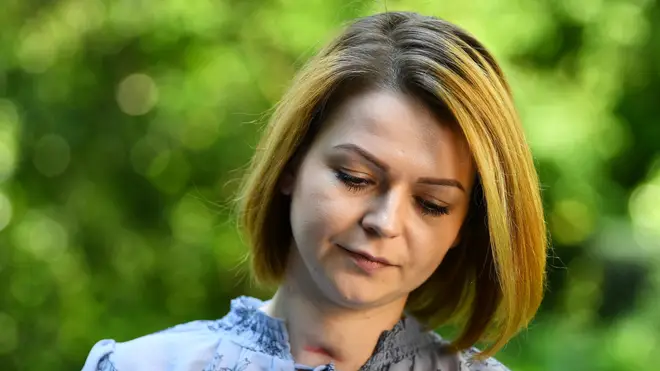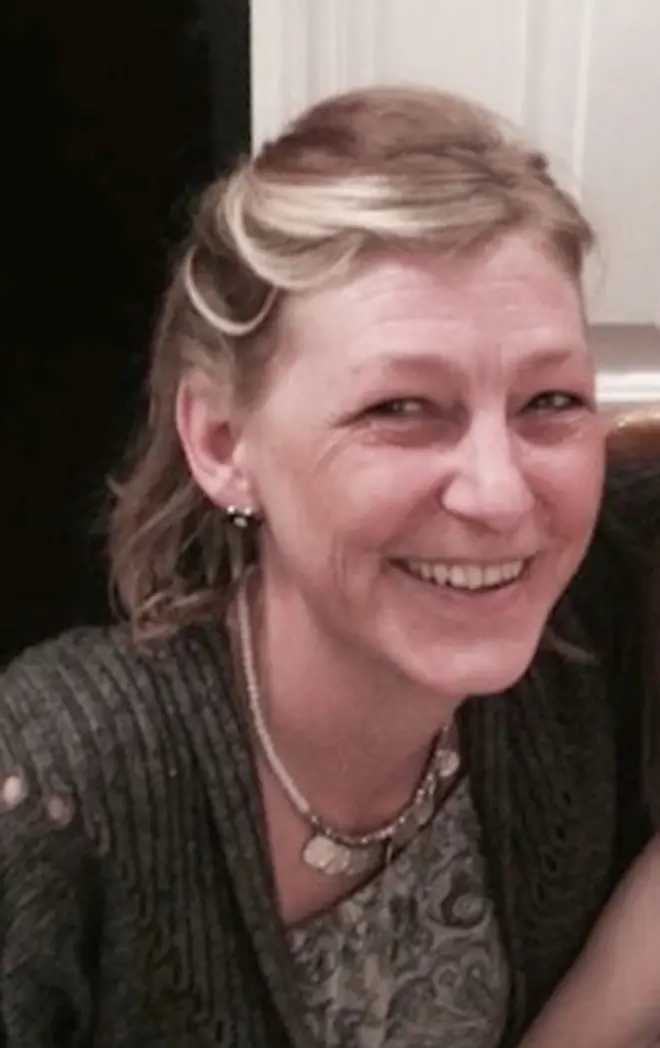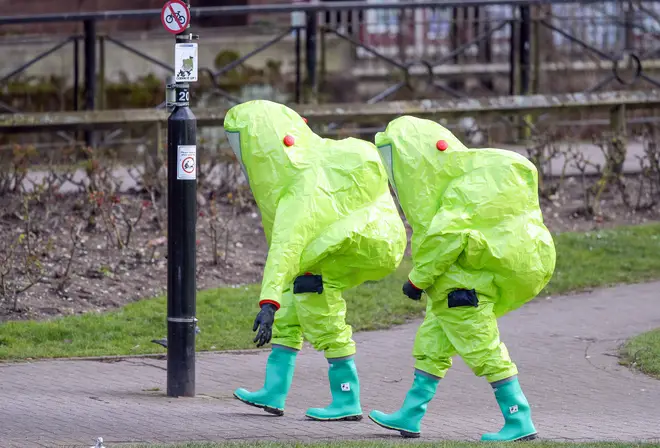The true story behind The Salisbury Poisonings: What really happened with the 2018 Novichok attack?
14 June 2020, 19:00 | Updated: 14 June 2020, 19:01

The Salisbury Poisonings - Trailer - BBC
Is The Salisbury Poisonings based on a true story? And what really happened? Here's what we know...
BBC’s new drama tells the extraordinary story of the Salisbury poisonings which shocked the nation back in 2018.
The official synopsis reads: “The drama tells the remarkable story of how ordinary people and public services reacted to a crisis on their doorstep, displaying extraordinary heroism as their city became the focus of an unprecedented national emergency.”
But what happened with The Salisbury Poisonings and what was the true story behind it?
What happened with the The Salisbury Poisonings?
The BBC dramatisation is based on the true story of the 2018 Novichok poisonings in Salisbury.
On 4th March 2018, Ex Russian spy Sergei Skripal, 66, and his daughter Yulia Skripal, 33, were found unconscious on a public bench in the centre of Salisbury by a passing nurse and doctor.

The father and daughter had been poisoned with a Novichok nerve agent which was rubbed on the door of their home.
After three weeks in critical condition, Yulia regained consciousness and was able to speak, while her father Sergei regained consciousness one month after the attack.
While the father and daughter managed to survive the poisoning, locals Dawn Sturgess, 44, and Charlie Rowley, 45, were rushed to Salisbury Hospital at the end of June after they were found unconscious at their home in nearby Amesbury, Wilts.
Charlie is said to have found the nerve agent in a perfume bottle in a litter bin and given it to Dawn, who fell ill within 15 minutes of spraying it on her wrist.
Charlie regained consciousness and was released from hospital, but Dawn tragically died nine days after she was admitted. Dawn may have been exposed to ten times the dose of nerve agent received by the Skripals.
The policeman trying to solve the case, DS Nick Bailey, 45, became critically ill too.

Meanwhile, this sparked a huge international controversy as the Russian government was accused of sanctioning the attack, something they denied.
Two suspects were identified as officers in the G. U. Intelligence Service, using the names Alexander Petrov and Ruslan Boshirov.
Prime Minister at the time, Theresa May expelled 23 Russian diplomats and their families from the UK, with 29 other countries following suit in support.
Stricter rules for travel between Russia and the UK were put in place and visits of ministers and the Royal Family to the FIFA World Cup in Russia that summer were also cancelled.

What happened after The Salisbury poisonings?
Most of the places contaminated by the nerve agent in Salisbury are now cleaned up.
Anyone who’d been in the pub or restaurant that the Skripols had visited on the day was advised to wash their clothes and possessions and 48 people were assessed in hospital.
Read More: Are Celebrity Gogglebox stars breaking the lockdown rules?
Sergei Skripal's home in Christie Miller Road remained boarded and contaminated until March 2019, as did Charlie Rowley's house in nearby Amesbury.
Military personnel spent 13,000 hours on the clean-up after the attack with an estimated 600 to 800 specialists from the chemical, biological, radiological and nuclear regiments involved in the clean-up.
The 355-day operation also included a Boots pharmacy branch, Amesbury Baptist Church and ambulances used in the initial response.


































